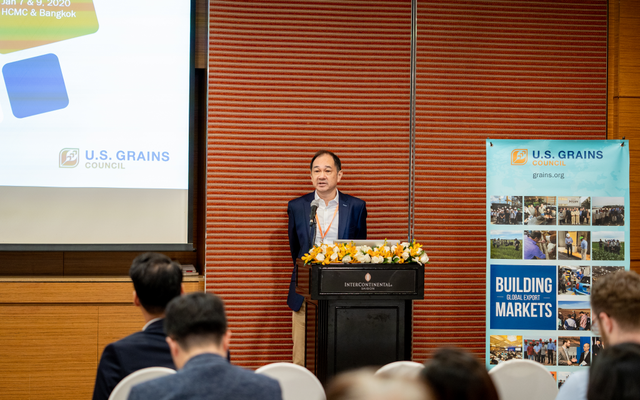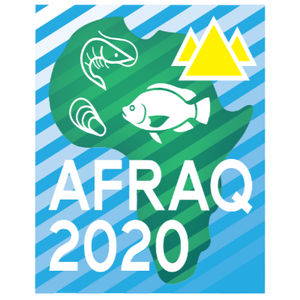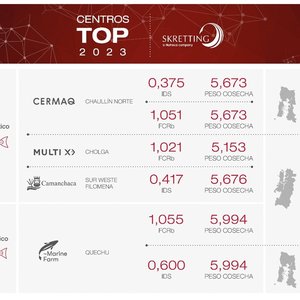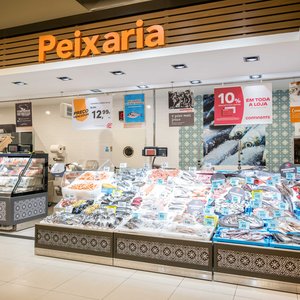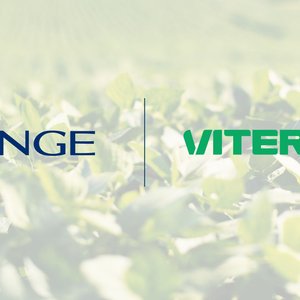The marine territory covered by the countries in Southeast Asia is about three times larger than the combined land area – a large reason why fish is the most popular and affordable protein source in the region. The U.S. Grains Council (USGC) is specifically targeting the aquaculture industry in Southeast Asia as one of the next big demand growth opportunities for U.S. dried distiller’s grains with solubles (DDGS).
The use of DDGS in aquafeed is still limited due to the lack of data and familiarity with the feed ingredient. In the absence of experience, end-users have misconceptions about DDGS, including that use will yellow fillets, questions of whether or not they are halal and others – all of which the Council are working to dispel. As a result, current inclusion rates for DDGS are estimated between zero and five percent, on average.
The Council’s Southeast Asian office’s technical training and on-the-ground engagement is breaking down these barriers. The council is developing and targeting technical education and trade servicing programs for aquaculture in the region. The initial program, managed by Ronnie Tan, is focusing on Vietnam, Thailand and Indonesia, with likely expansion into Malaysia, Myanmar and the Philippines in the future.
The Council kicked off its new aquaculture-focused venture with two seminars in January 2020 in Ho Chi Minh City, Vietnam, and Bangkok, Thailand, with nearly 100 customers participating. The seminars focused on the inclusion of DDGS and high-protein DDGS in shrimp, finfish and marine species. Local U.S.-trained Vietnamese and Thai aqua nutritionists conducted a technical segment during the seminars, in addition to a commercial segment led by Tan, Wurth and DDGS-producing USGC members.
Success in raising inclusion rates to five percent for shrimp and marine fish and three percent for freshwater fish could result in 275,000 metric tons in additional demand for U.S. DDGS in a region already responsible for one-third of U.S. DDGS exports. Higher inclusion rates could up that consumption to between 500,000 to 1.25 million tons in the future.vv


